The complicated connection between the El Niño and La Niña cycles and global warming could intensify extreme weather conditions in various regions of the world. In the event of constant global temperature rise, more flooding, cooler winters and hotter summers are feared to take place every year.
Natural influences
Nature Geoscience researches reveal that natural influences coming from weather changes have a strong impact on El Niño events. These changes can occur for long periods of time with the various developments in nature such as the earth’s movements around the sun. The current varying weather conditions are said to have been slowly developing for thousands of years although the ENSO (EL Niño-Southern Oscillation) cycle was insignificant some 4,300 years ago. In addition, the warm temperatures in the ocean that occasionally occur along South America’s western coast can result to climate change along the Pacific Ocean rim. The ENSO phase describes the fluctuating temperature in the tropics as an effect of high air surface pressure brought by El Niño and low air surface pressure brought by La Niña. Meanwhile geoscientists are conducting more studies on the aspects and implications of global oscillation on the strength of El Niño and La Niña.
External influences
Further studies show that the ENSO process is also influenced to a large extent by external and artificial factors. This is the reason why continued advocacy on human responsibility for the environment is being given much thought and support by many sectors. The greenhouse gas changes and obliteration of the natural state of the ecosystem are top external causes of unpredictable temperature conditions. While the natural factors affecting global warming may be hard to control, lobbyists for environment preservation solidly support the minimizing of man’s activities that are detrimental to the surroundings.
Global impact
The changing water temperature across the Pacific Ocean is responsible for the precipitation patterns in regions across the equator and the inlands. This impact has repercussions all over the globe as seen in the irregular rising and falling of temperatures and erratic occurrence of rainfall in the tropics as well as in the western regions. This is evident in the heavy rainfall experienced in southern US during winter and in its high temperature during summer. The same condition occurs in many parts of the world especially in tropical countries that are often visited by monsoons and cyclones.
El Niño vs La Niña
El Niño and La Niña are two related natural phenomena that pertain to the evolving changes in global temperature brought mostly by natural factors. El Niño got its name from sailors in the north-south direction that named the particular weather condition they usually experienced during certain times of the year. They observed that the water surface became extremely warm in the tropical Pacific at one time or another during their sail. La Niña on the other hand is the opposite of El Niño. During La Niña sea temperatures usually dip very low with accompanying strong winds and rains as many countries face the cold front.

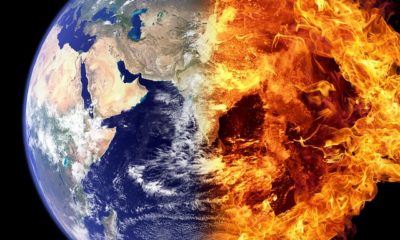
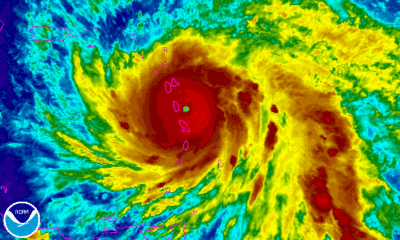
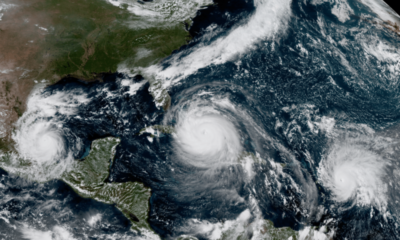
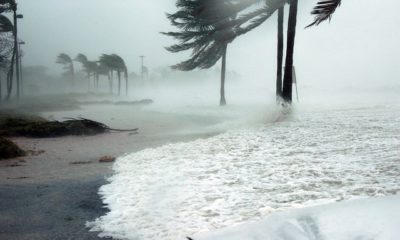
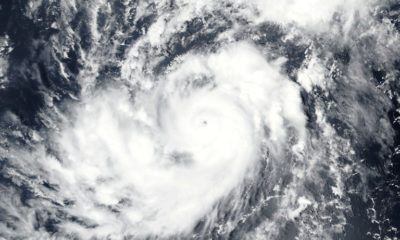
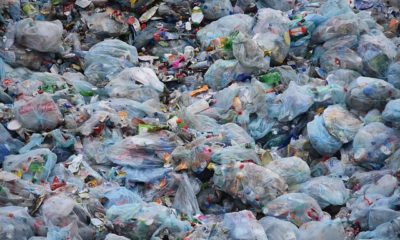
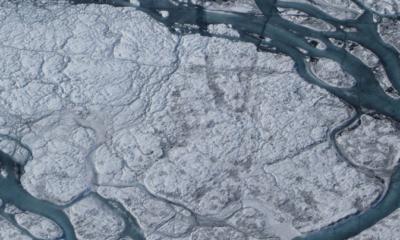
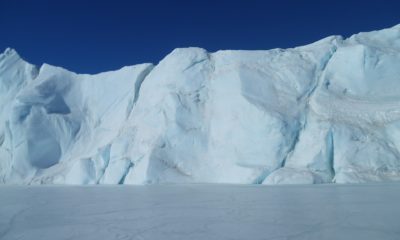
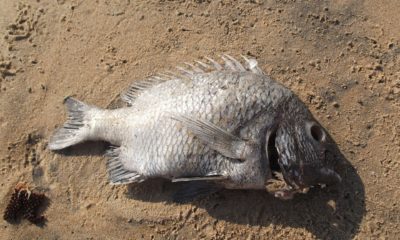





Facebook
Twitter
Pinterest
Google+
LinkedIn
Email